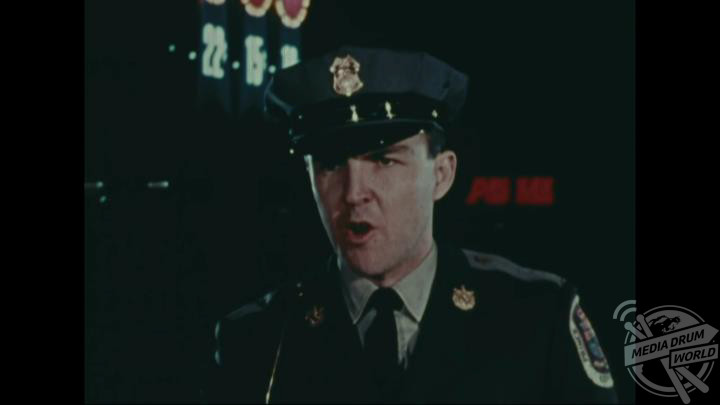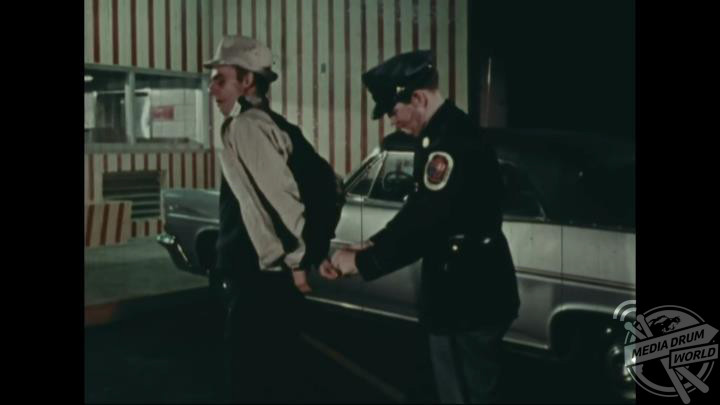By Liana Jacob
GRIPPING retro-scenes from the 1960’s have emerged teaching police officers and law enforcers of the day the proper and improper arrest procedures to avoid being killed.
The footage goes initially gives the viewers an example of what not to do when making an arrest, resulting in the criminal attacking the police officer as he handcuffs him resulting in him falling to the ground with blood gushing from his head as the man escapes.
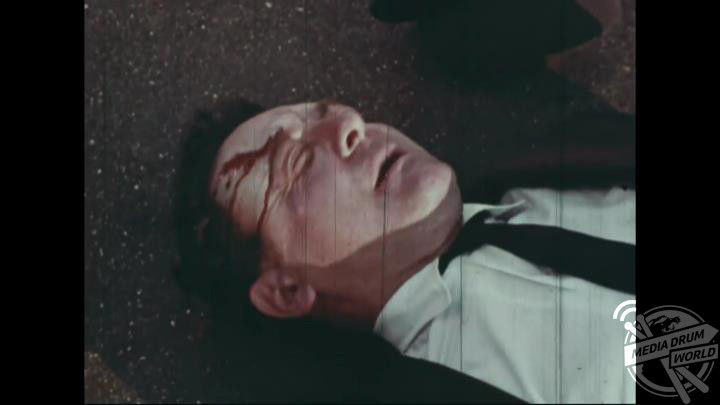
Other scenes show the narrator explaining the faults with this procedure; that he misused his handcuffs, he did not have his partner present to help and that he misjudged the situation.
Final scenes show an alternative example where the seemingly innocent old man who has been arrested tricks the officers into saying goodbye to his cat, when he reaches into a drawer, pulls out a gun and shoots the officers, his cat and himself.
“Attempts to kill arresting officers or to commit suicide, both in this instance, successful, are among the many possible reactions to be expected of any subject no matter his background or appearance,” the narrator said.
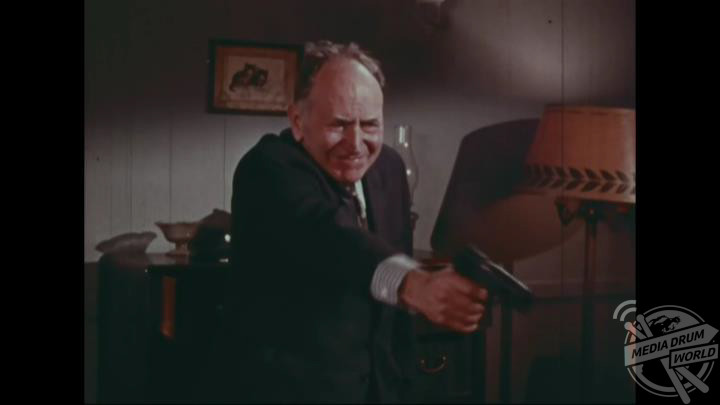
“Professionals; one man in charge of doing all the talking; clear, forceful, all business. The subject knows he’s under arrest and why. There’s no doubt in his mind about what he’s expected to do or what will happen to him if he doesn’t.”
The film Stay Alert, Stay Safe is a training film created by the Department of Justice and was created in 1969 to emphasise precautionary measures in making arrest to avoid endangering lives of officers or bystanders.
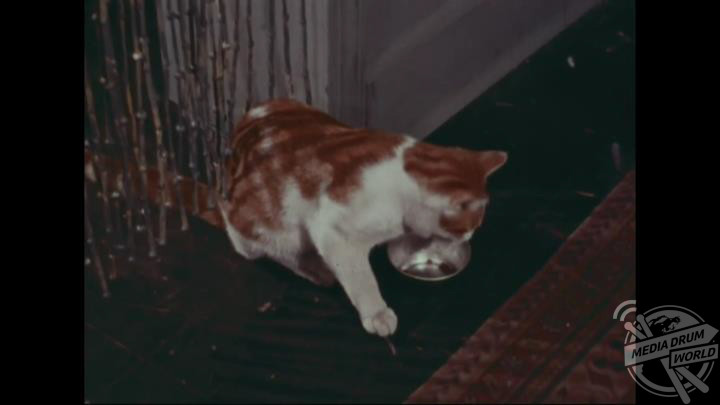
“The restraining officer should stay as far apart from and behind the subject as possible. Always check the cuffs for a proper fit and use the double lock to prevent any accidental or self-induced over-tightness,” the narrator said.
“Always place the subject in a vehicle as far from the driver as possible, in other words; never give the criminal an opening, he may use it.”
